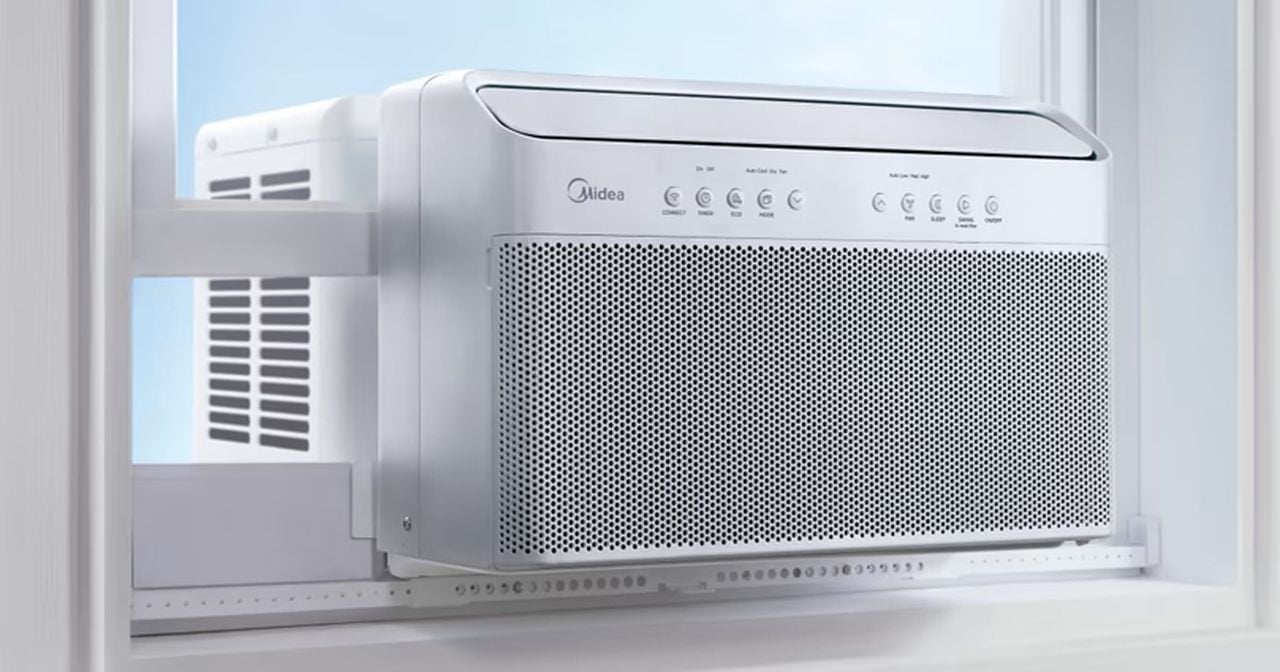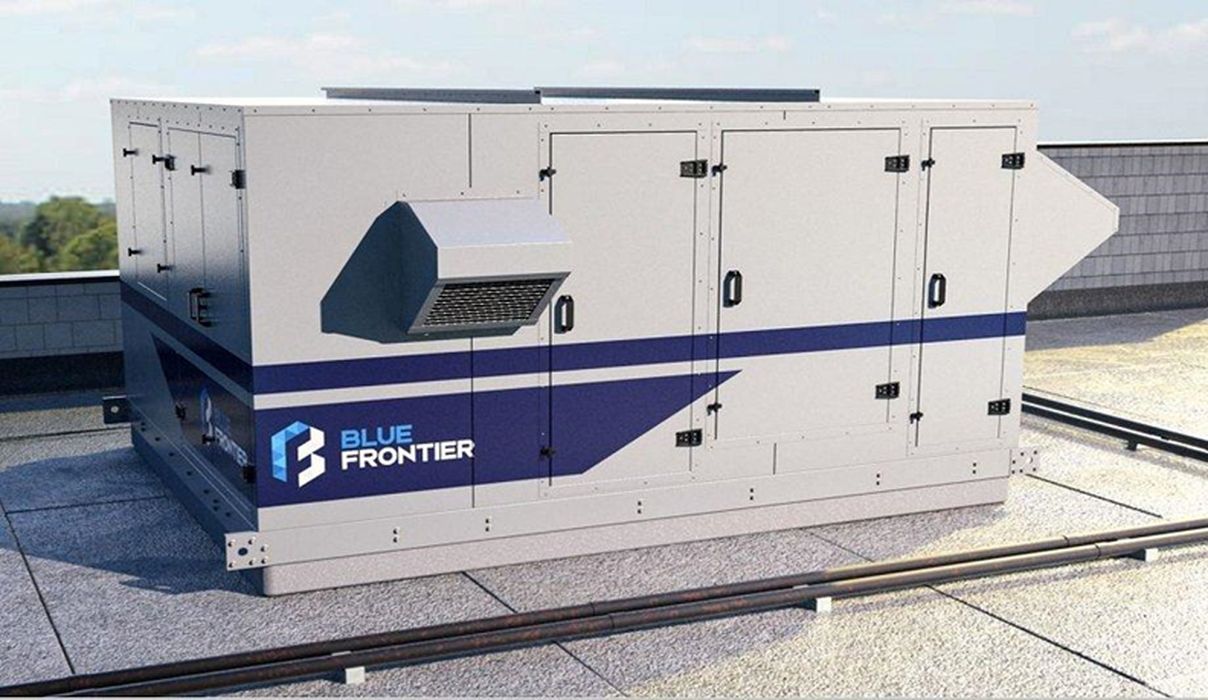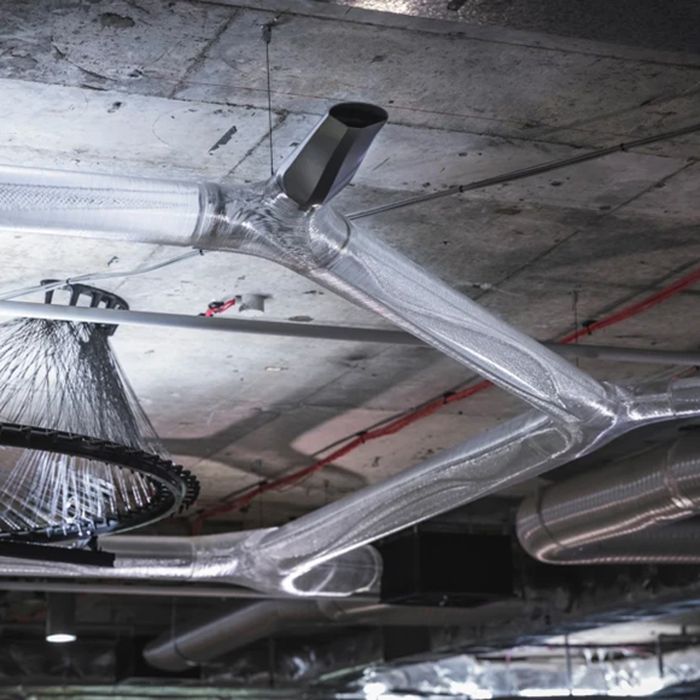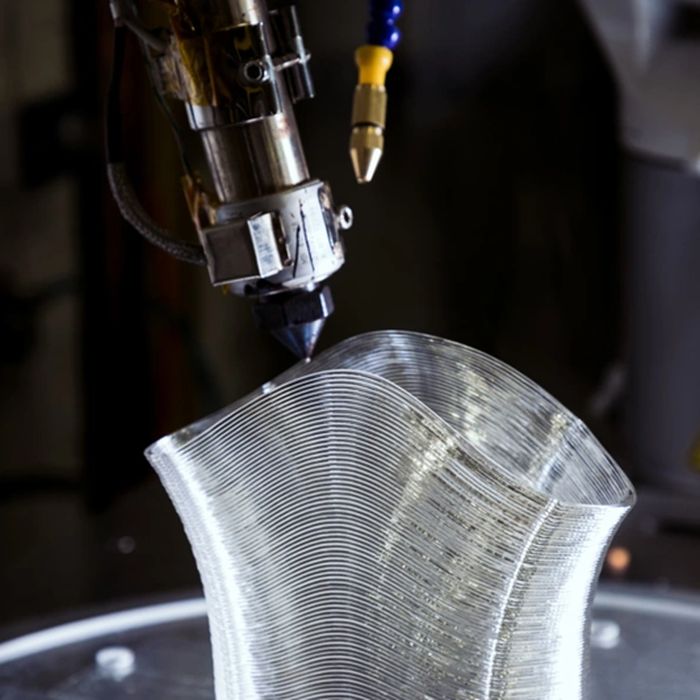
Charles R. Goulding and Preeti Sulibhavi look at several recent 3D printed innovations in the HVAC industry.
After decades of the same old products, the HVAC Industry is experiencing an unprecedented level of new product innovation. Some of the drivers of this innovation are the Inflation Reduction Act (IRA) tax incentives, global heat waves, and carbon reduction goals. The June 17th, 18th, and June 29th issues of the Wall Street Journal had extensive articles on these HVAC developments.
Midea America
Midea took note of how existing window unit A/C technology had not advanced for decades. This motivated them to spend four years re-inventing the window A/C unit design and functionality. Instead of a heavy, rectangular box that was loud, bulky, and removed window access, the Midea team created a U-shaped unit with a noise dampener, centered, splitting the unit into two halves. This reduces bulkiness, noise and improves functionality. Instead of working against the window, Midea began using the window to its advantage (as seen in the image above).
Blue Frontier, Inc

By looking at the way in which humidity is removed from the air, Blue Frontier is revolutionizing the HVAC industry, particularly with air conditioners. Traditional AC units remove humidity independent of their cooling functionality. This makes them inefficient and energy-consuming.
Blue Frontier’s innovative design utilizes salt solution packets that remove moisture in the air during shipping but when the unit is installed, the solution is warmed up and it releases water that boosts the concentration of salt, increasing its absorption capacity.
When the unit is turned on for AC, the solution is brought into contact with the air where it absorbs moisture and removes humidity. The air is cooled using the heat exchanger and the dry air absorbs the water, becoming warm and humid, and is then moved outside. Simultaneously, the air that moves into the heat exchanger cools the room.
Blue Frontier is focused on greater efficiency to leave a smaller carbon footprint. Companies like Blue Frontier realize that global demand for HVAC units is growing, especially in developing markets, and therefore making them more efficient is critical to making AC use sustainable for our planet.
Blue Frontier is not creating innovative designs without a talented team. It should be noted that Blue Frontier is actively recruiting for their research and development engineer positions and 3D printing expertise is specified as a desired skill.
HVAC and 3D Printing
We have previously covered how the 3D printing industry can disrupt the HVAC industry.
Particularly, there are several HVAC components that are good candidates for 3D printing technology.
Air conditioning ductwork for central air units can be 3D printed to improve airflow and fluid dynamics. Anyone who has sat in an office cubicle right under the AC vent knows that it is freezing in that spot. The reason, aside from the thermostat being set too low, is that the ductwork may not be distributing the air evenly or the diffuser is not designed right.

Australian architecture firm, BVN, is changing all this. BVN developed a narrow, oval-shaped duct profile with gently branching connectors that can move air more efficiently and smoothly rather than stay with the original rectangle-shaped duct design that normally connects AC ducts at right angles. In addition, the intermittent perforations in the tubular surface of BVN ducts allow air to seep out through the length of the ductwork in a seemingly uniform flow. BVN used 3D printers to fabricate the plastic tubes in the ductwork.
Heat exchangers are another HVAC component that can be 3D printed effectively. SINTX Technologies, Inc, was issued a grant award in 2022 for developing a 3D printed alumina ceramic heat exchanger for HVAC systems. The grant was issued by the US Department of Energy (DOE) and the award was US$1.1M.
The innovative design relied on the fact that the alumina ceramic heat exchanger offered a lighter-weight, corrosion-resistant and higher thermal conductive design as opposed to stainless steel or other polymeric heat exchangers. 3D printers enabled SINTX to create compact, micro-heat exchangers with higher heat transfer and leakage-free features with complex topography that cannot be achieved with traditional manufacturing techniques and metal-based materials.

HVAC accessories and peripherals can be 3D printed as well. Items such as HVAC control holders, unit covers, and wall mounts can often be 3D printed as one part.
The Research & Development Tax Credit
The now permanent Research and Development (R&D) Tax Credit is available for companies developing new or improved products, processes and/or software.
3D printing can help boost a company’s R&D Tax Credits. Wages for technical employees creating, testing and revising 3D printed prototypes can be included as a percentage of eligible time spent for the R&D Tax Credit. Similarly, when used as a method of improving a process, time spent integrating 3D printing hardware and software counts as an eligible activity. Lastly, when used for modeling and preproduction, the costs of filaments consumed during the development process may also be recovered.
Whether it is used for creating and testing prototypes or for final production, 3D printing is a great indicator that R&D Credit eligible activities are taking place. Companies implementing this technology at any point should consider taking advantage of R&D Tax Credits.
Conclusion
The HVAC industry is innovating and for good reason. The 3D printing industry can help the HVAC industry create more efficient designs and effective component parts that cool us down while reducing emissions.
